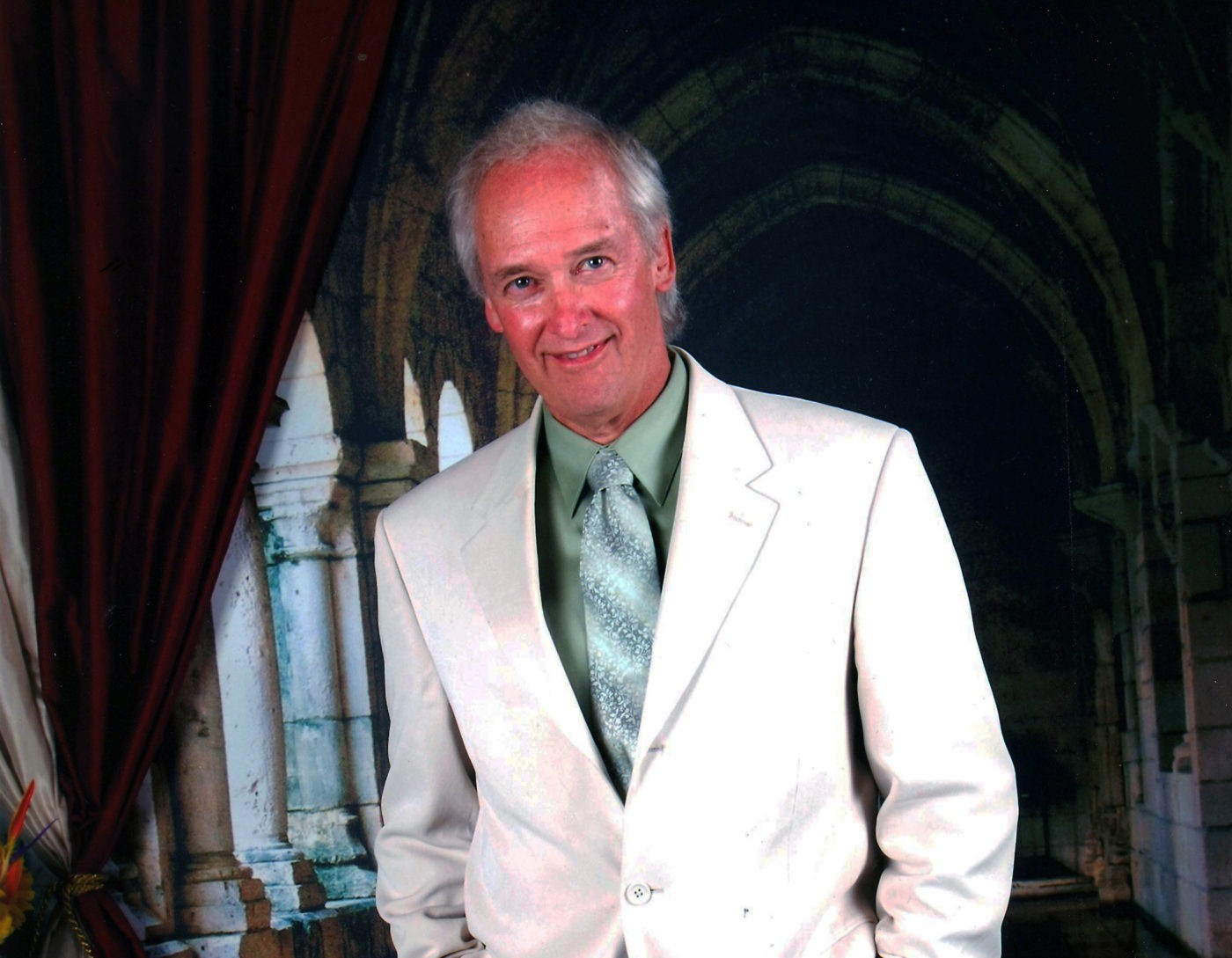
Image courtesy of Ferdinand Hampson.
Ferdinand Hampson
In 1971, gallerist Ferdinand Hampson (1947– ) cofounded Habatat Galleries with Linda Boone (his sister) and Thomas Boone in a Detroit suburb. Habatat was the first gallery in the United States to focus exclusively on glass. Habatat has organized an international glass invitational each year since 1972 and has had several locations, including in Chicago. Since 2001, Habatat’s Michigan Gallery has been located in Royal Oak and is now run by Hampson’s son, Corey Hampson, and stepson, Aaron Schey. Alongside establishing Habatat, Hampson has authored several books on contemporary and studio glass, and along with his wife, Kathy Hampson, he organizes annual glass collectors’ trips around the world.

Ferdinand Hampson discusses Paul Hollister learning about studio glass at Habatat Galleries.
0:42 TranscriptFerdinand Hampson discusses studio glass collectors and the Art Alliance for Contemporary Glass [AACG]
1:14 TranscriptFerdinand Hampson discusses showing national and international artists at Habatat Gallery.
0:58 TranscriptFerdinand (Ferd) Hampson, founder of Habatat Gallery, discusses networking with artists from Eastern Europe at the Corning ‘79 show.
01:20 Transcript